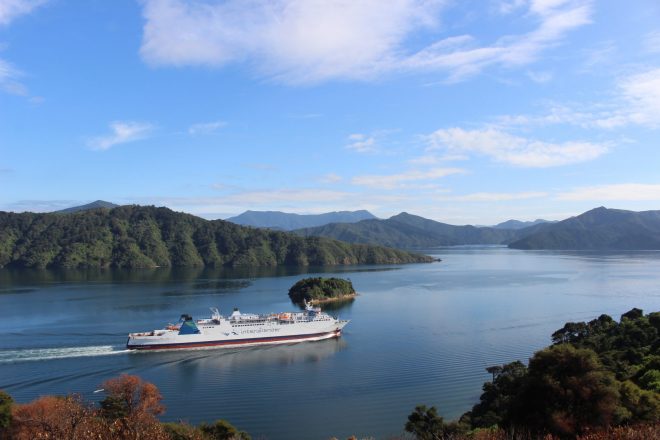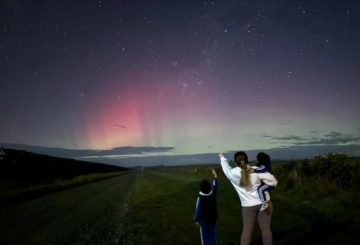KiwiRail’s project for two new InterIslander ferries is progressing, with the operator signing a letter of intent for them to built at a South Korean shipyard.
The letter is a non-binding agreement that allows both parties to progress to more detailed contract negotiations.
KiwiRail chief executive Greg Miller said the decision to choose the Hyundai Mipo Dockyard, based in Ulsan’s south-eastern city, came after a year-long selection process.
“KiwiRail has been working hard at this since first seeking expressions of interest in August last year,” Miller said in a statement.
The two new ferries will replace KiwiRail’s three ageing Interislander ferries, which are nearing the end of their lives.
The engines, propulsion system, and navigation system have been specified to be predominantly American and European.
After the technical and commercial negotiations phase, Miller said the aim was to have the final shipbuilding contract signed by mid-2021 and construction of the ferries underway by late 2022.
It has been more than 20 years since New Zealand introduced a brand-new purpose-built ferry to its fleet.
KiwiRail ships programme manager Massimo Soprano said the selection process had been highly competitive.
“We have been fortunate to have such high-quality shipyards to choose from. In taking HMD forward into detailed negotiations we know we have a shipyard that can deliver on every front: design, production, quality, and they have a great track record on delivery,” he said.
“For KiwiRail, the quality of build is vital as the Cook Strait route works our ferries hard, and reliable performance across their anticipated 30-year life span is crucial.”
According to KiwiRail, the new ferries will support its goal to reduce carbon emissions by 30 percent by 2030 and be carbon neutral by 2050.
They will use different energy sources if available in New Zealand. At day one will provide for battery operations when docking and plug into local power supply at each port.
Combined with upgraded terminals at Waitohi Picton and Wellington, Miller said he was confident passengers would receive the best service.
“We have made good progress with the design of the Waitohi Picton terminal redevelopment, we have now settled on our preferred shipyard to enter final negotiations and we are focusing our efforts on the redevelopment at the Kaiwharawhara terminal site in Wellington,” he said.
KiwiRail said the South Korean shipbuilder was the world’s sixth-largest with decades of experience building complex ships, including HMNZS Aotearoa for the New Zealand Defence Force.
The government committed $400 million in Budget 2020 to the project, building on a $35m investment in Budget 2019.






























































